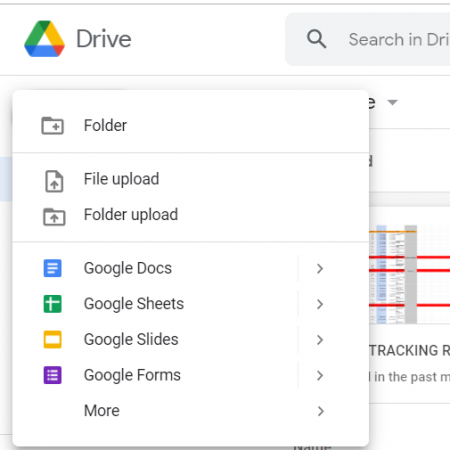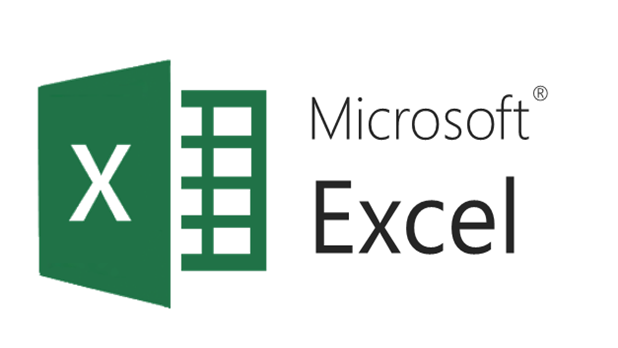Effortlessly Convert Google Sheets to Excel with Perfect Formatting

Converting data from Google Sheets to Microsoft Excel is a common task for many in the modern, interconnected world of business and personal finance. Whether you're collaborating on a project, sharing data, or simply prefer the interface and features of Excel, knowing how to transfer your spreadsheets without losing crucial formatting is an invaluable skill. Here, we'll explore the steps to convert Google Sheets to Excel while preserving the perfection in formatting, ensuring a seamless transition between these two powerful spreadsheet applications.
The Basics of Conversion
When transferring data from one spreadsheet program to another, the key to retaining your formatting lies in understanding the common file formats:
- .xlsx: Excel’s native format.
- .ods: OpenDocument Spreadsheet, usable by multiple software.
- .csv: Comma-Separated Values, a plain-text format that can lose formatting.
Step-by-Step Guide to Convert Google Sheets to Excel

Follow these straightforward steps to download your Google Sheet in Excel format:
- Open your Google Sheets document: Navigate to Google Sheets in your browser and select the document you want to convert.
- Select ‘File’ from the Menu: Go to the top left corner of the screen and click on the ‘File’ tab.
- Choose ‘Download’: From the dropdown, hover over ‘Download’ to reveal options.
- Select Microsoft Excel (.xlsx): Click on ‘.xlsx’, and your sheet will download in Excel format.
⚠️ Note: Ensure that you've saved any recent changes in Google Sheets before downloading as Excel preserves the latest saved state.
Preserving Formatting: What to Look Out For

When converting, several types of formatting might not translate perfectly:
- Custom Formats: Custom number formats, like phone numbers or social security numbers, might not transfer correctly.
- Conditional Formatting: Excel might not recognize all Google Sheets’ conditional formatting rules.
- Charts and Graphs: While basic charts convert, advanced customizations might require manual adjustment in Excel.
- Functions and Formulas: Some functions might have slight syntax differences or might not be supported at all.
Working Around Potential Issues

If you encounter any formatting discrepancies after the conversion:
- Custom Formats: Manually recreate custom number formats in Excel. They can be applied through ‘Format Cells’.
- Conditional Formatting: Check and adjust conditional formatting rules in Excel’s ‘Home’ tab under ‘Styles’.
- Charts and Graphs: Recreate charts with the same data if they didn’t transfer correctly.
- Formulas: Review and update any formulas to align with Excel’s syntax.
Automating the Process

If you frequently need to make this conversion, consider automation:
- Google Apps Script: Create a script in Google Sheets that automatically exports to Excel on trigger.
- Microsoft Power Automate: Set up a flow in Power Automate to convert Sheets to Excel on a schedule.
🚀 Note: Automating these conversions can save time and ensure that your Excel files are always up to date with the latest data from Google Sheets.
Having explored the various facets of converting Google Sheets to Excel, you're now equipped with the knowledge to do so effortlessly. Whether you're an individual or part of a team, the ability to transfer data while maintaining formatting is crucial. Remember to check and adjust as needed, since even the best conversion process can sometimes lead to minor hiccups. Let this guide empower you to move data freely, ensuring your spreadsheet experience remains both productive and hassle-free.
How can I retain all my formatting when converting to Excel?

+
While some formatting can be preserved by downloading in .xlsx format, custom formats, charts, and conditional formatting may need manual adjustments after conversion.
What happens to the formulas in my Google Sheets when converted to Excel?

+
Most basic and common functions will convert well. However, some functions might have different names or syntax in Excel, requiring updates post-conversion.
Is there a way to automate the conversion process?

+
Yes, tools like Google Apps Script or Microsoft Power Automate can automate the conversion on a scheduled basis or upon certain triggers.



